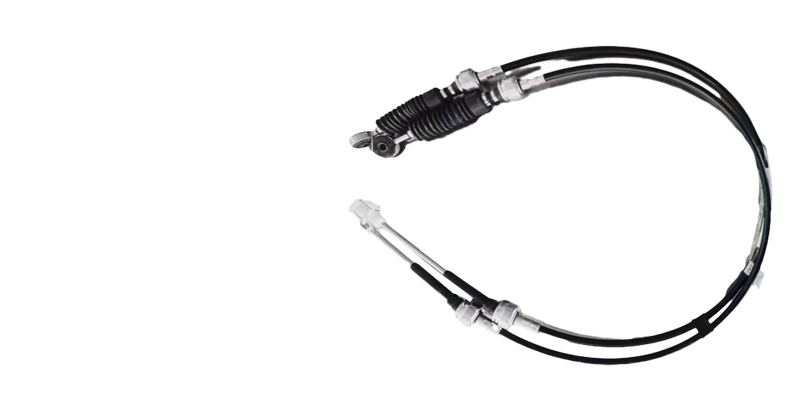Replacement Guide for New Handbrake Cable Installation and Maintenance Tips
The Importance of a New Handbrake Cable for Vehicle Safety
A vehicle's handbrake, or emergency brake, is a crucial component for ensuring safety while driving. When parked on an incline or when the primary braking system fails, the handbrake serves as a vital backup. However, like any mechanical part, the handbrake cable can wear out over time. Therefore, replacing it with a new handbrake cable is essential for maintaining your vehicle's safety and performance.
Understanding the Handbrake Cable
The handbrake cable is a crucial mechanism that connects the handbrake lever to the brake system. When you pull the handbrake lever, it pulls the cable, which in turn activates the brakes on the rear wheels. This process is essential for keeping the vehicle stationary when parked, especially on slopes. Over time, the cable can become frayed, corroded, or stretched, leading to reduced effectiveness and an increased risk of accidents.
Signs of a Worn Handbrake Cable
Recognizing the signs of a worn handbrake cable is key to ensuring your vehicle's safety. One of the most common indicators is a decrease in the handbrake's pulling power. If the lever feels loose or travels too far without engaging the brakes, it may be time to replace the cable. Additionally, if you notice the vehicle rolling when in park, this could be a sign of an ineffective handbrake. Unusual noises, such as squeaking or grinding, can also indicate cable wear or damage.
The Risks of Neglecting Replacement
new handbrake cable

Failing to replace a worn handbrake cable can lead to serious consequences. In the event of a primary brake failure, an ineffective handbrake could result in uncontrollable vehicle movement, posing a significant risk to the driver, passengers, and pedestrians. Moreover, insurance companies may deny claims related to accidents caused by neglected vehicle maintenance. Regular inspections and timely replacements are thus critical for ensuring overall vehicle safety.
The Replacement Process
Replacing a handbrake cable may seem like a daunting task, but it can be done with the right tools and knowledge. It is advisable to consult your vehicle’s service manual for specific instructions, as the replacement process can vary depending on the make and model. Generally, the procedure involves lifting the vehicle, detaching the old cable from both the handbrake lever and the brake assembly, and installing the new cable. Always ensure that you utilize high-quality replacement parts to guarantee maximum safety and durability.
Preventive Measures
To extend the lifespan of your handbrake cable, regular maintenance is essential. This includes routine inspections and cleaning out any dirt or debris that may accumulate around the cables. Additionally, ensuring your vehicle is parked on level ground when possible can reduce stress on the handbrake mechanism. Regularly using the handbrake, even when stationary on flat surfaces, can also help keep the cable engaged and functional.
Conclusion
In summary, the handbrake cable plays a pivotal role in vehicle safety. Recognizing the signs of wear and taking prompt action can save drivers from potential accidents. Regular maintenance and timely replacement of a worn handbrake cable not only enhance vehicle performance but also safeguard lives. Therefore, if you're experiencing any issues with your handbrake, it is crucial to consider investing in a new handbrake cable as a fundamental aspect of your vehicle's upkeep. A small step in maintenance can lead to significant strides in safety and peace of mind on the road.
-
Upgrade Your Vehicle with High-Quality Handbrake CablesNewsNov.01,2024
-
Optimize Your Bike's Performance with Quality CablesNewsNov.01,2024
-
Enhance Your Vehicle's Performance with Quality Clutch ComponentsNewsNov.01,2024
-
Elevate Your Vehicle's Performance with Quality Throttle CablesNewsNov.01,2024
-
Elevate Your Vehicle's Performance with Quality CablesNewsNov.01,2024
-
Affordable Solutions for Your Cable NeedsNewsNov.01,2024
